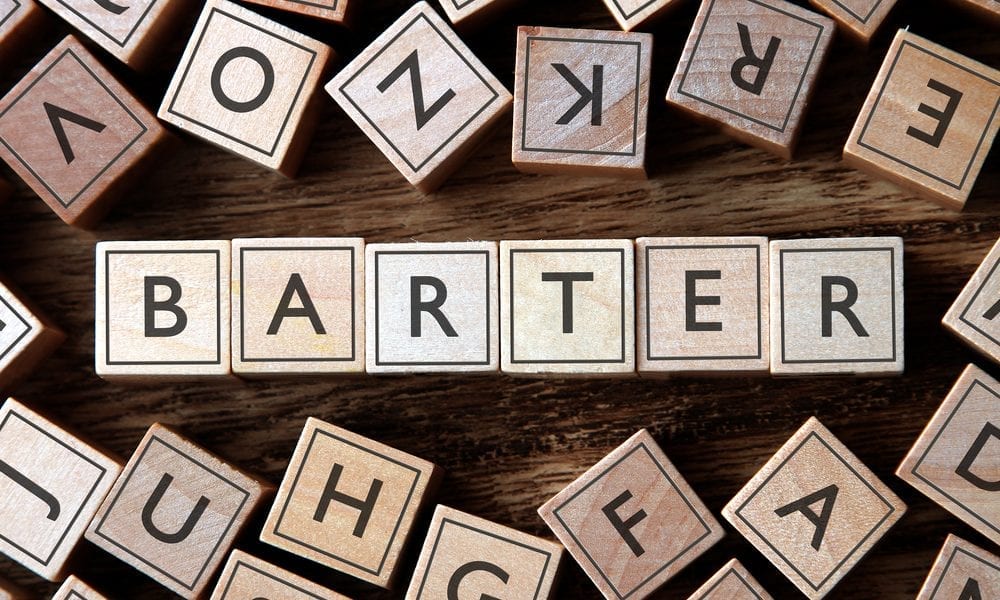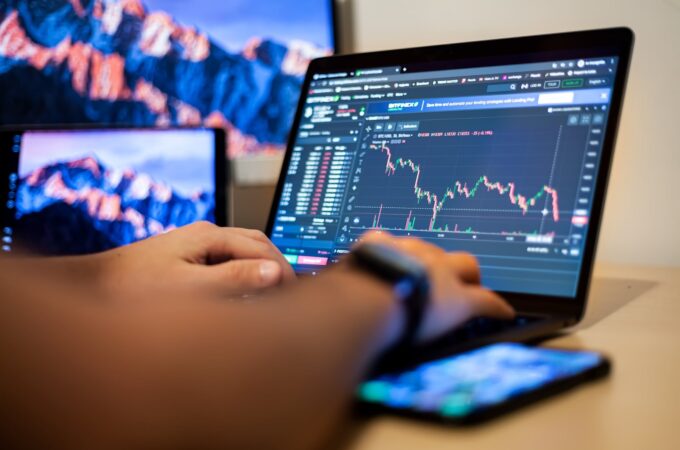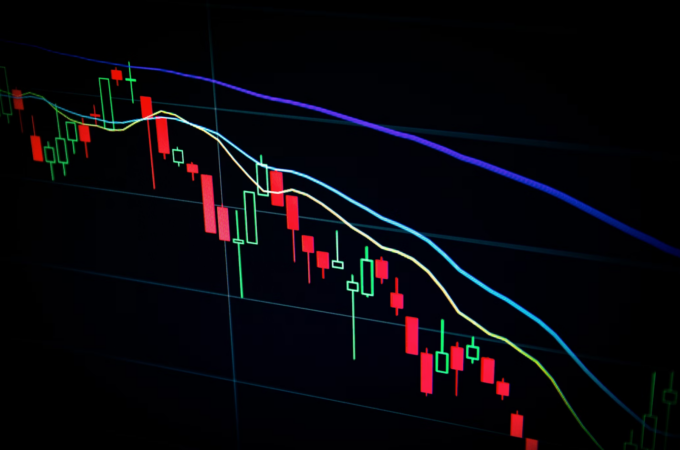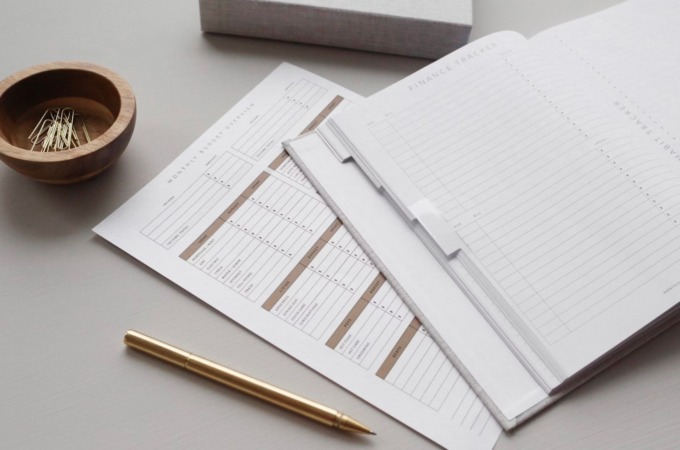
Barter System And Currency System
The main distinction between a currency system and a barter system is that a currency system employs an accepted form of coinage or paper money as an exchange method instead of directly exchanging products and services through bartering.
Barter System

Humans have engaged in barter trade for products and services from the beginning of recorded history. Bartering has been practiced since 6000 BC. Bartering was first used by tribes in Mesopotamia and was later adopted by the Phoenicians. The Phoenicians traded products with people in other towns located across oceans.
Within the neighborhood, trading techniques have long been practiced. Society today can now trade internationally because of advancements in technology and mobility.
Although bartering makes negotiations simpler, it is less adaptable than a money system. When it comes to recording taxes, the IRS regards barter transactions—which many small companies accept as non-cash payments for their services—the same as cash transactions.
Currency System

Bartering has its limits. Think about a baker who needs plumbing work done and a blacksmith who wants two loaves of bread. Since neither possesses what the other needs, there is no exchange of goods. Currency systems were created to get rid of this inconvenience.
Early societies used common commodities like salt or animal skins as a form of money for the exchange of goods and services.
Coins and paper notes changed as monetary systems developed over time to sustain local economies and promote regional commerce. Coinage often consisted of layers of copper, silver, and gold coins with varying values. The most precious coins were gold, used to pay for expensive items, the military, and to support government initiatives.
The value of a certain kind of gold coin was frequently used to determine units of account. While coins made of copper or silver, or a combination of the two, may be used for everyday transactions, silver coins were used for transactions of a size in between and occasionally served as a unit of account.
Barter Vs. Cash System
The bartering trade is still used in places where cash cannot be, despite its evident shortcomings in the 21st century and its limitations of universal application. Barter and money are like two sides of the same coin; if one doesn’t work, you switch to the other.
The barter system prevails in times of economic hardship when money loses value and hyperinflation takes hold in a country, enabling people to live comparatively more secure lives.
But in the usual operation of the economy, particularly in our contemporary period of globalization and liberalization, money plays a more important role. Million-dollar transactions, the creation of jobs, and international trade all happen because of money.
Although each country has its unique monetary system, its relative stability and the possibility to have its value fixed to either gold or the US dollar allow for precise comparisons and facilitate simple commerce.
Barter still plays a significant role in rural and remote economies, nevertheless. The barter system continues to dominate in places where ideas of money and centralization are still foreign to those on the bottom rungs of society. Some of India’s poorest people still ‘barter’ or deal with their possessions to get food.
Additionally, the barter system frequently prevails in rural or mountainous places, where money has little inherent value. When bartering is an option, it is less expensive than using money to purchase products and services in the aforementioned regions.
What Percentage of People Still Barter?
The barter system has been reinvigorated because the internet enables members to exchange products and services. Bartering has been successful in several nations, like Iran and Thailand. The greatest rice exporter in the world is Thailand, while Iran has a lot of oil. Each country has agreed to exchange these products using the barter system since they both need what the other has in excess.




